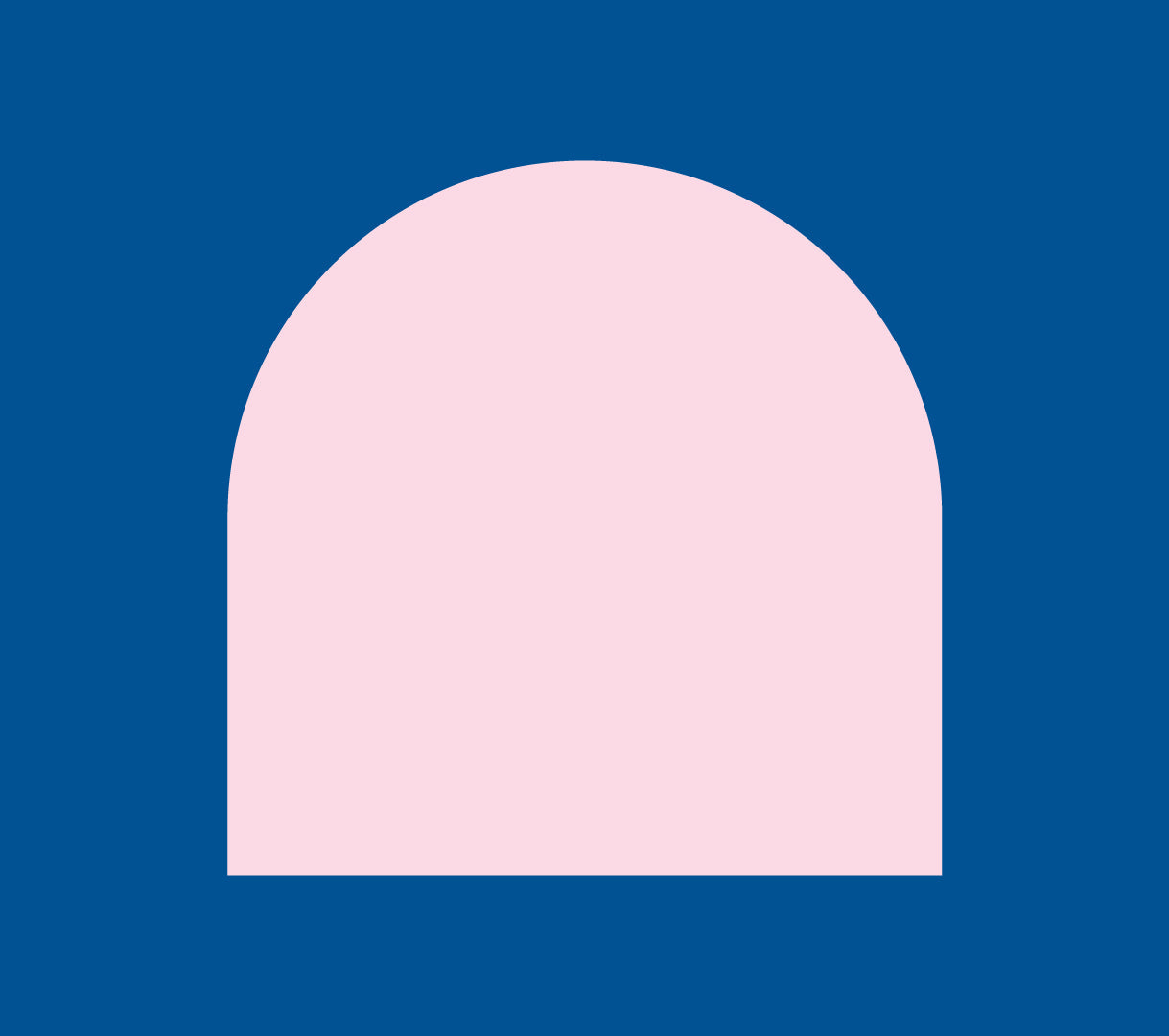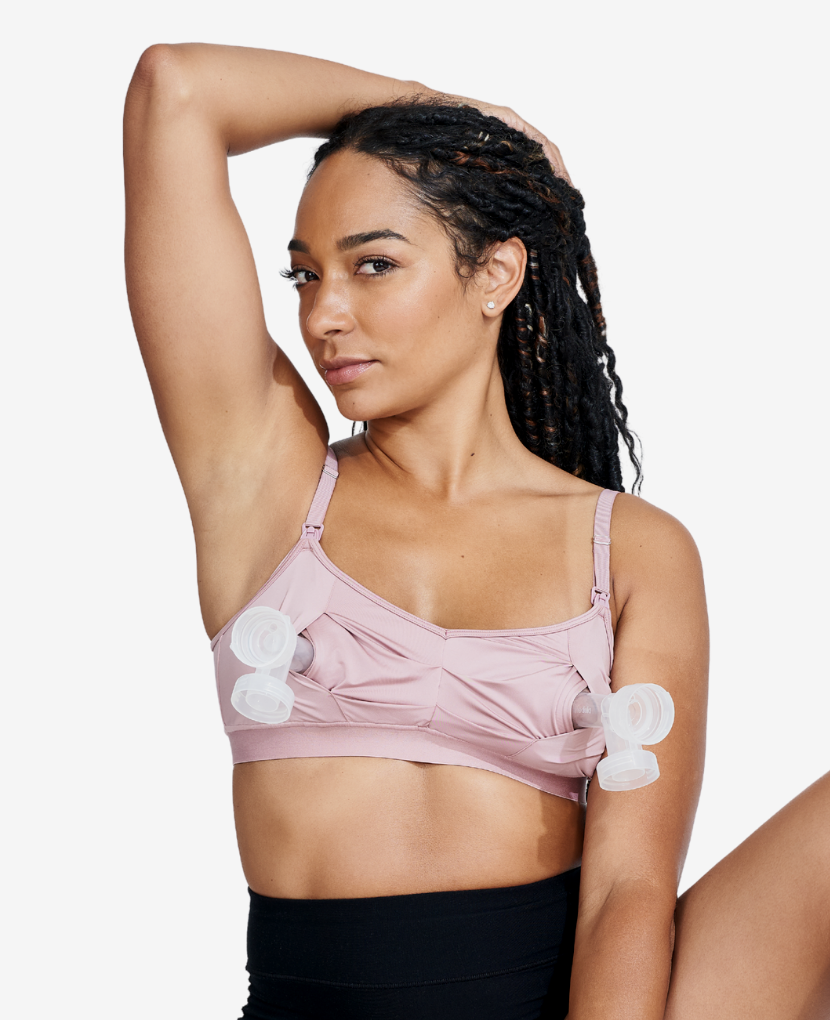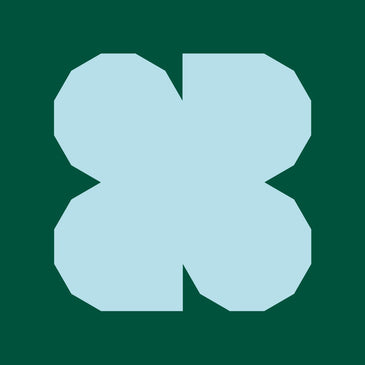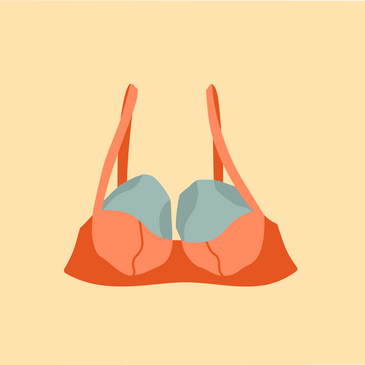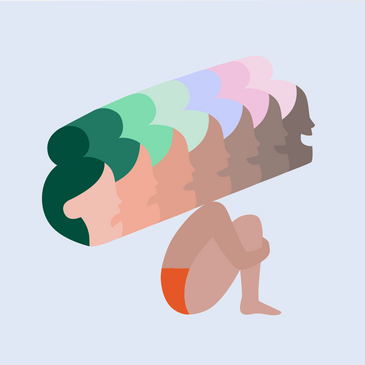Bodily does not provide medical advice, diagnosis, or treatment. The resources on our website are provided for informational purposes only. You should always consult with a healthcare professional regarding any medical diagnoses or treatment options.
What’s happening?
Pumping puts a lot of strain on your nipples — but that doesn’t mean it has to be painful. Pumping pain can happen for a host of reasons: dry skin, the collagen fibers in the nipples needing to stretch, flanges that are too big or too small, the suction on the pump. If you’re continuously in pain when you pump, something’s not right. Try the methods below and, if it still doesn’t subside, speak to a lactation consultant or find a breastfeeding meetup near you to get help.
How common is it?
Discomfort, pain and sore nipples are very common issues in the early days of pumping. It should not should last for an extended period of time — continued pain or discomfort can be an indication of a larger issue and should be addressed.
How long does it last?
Pumping might hurt for the first 10 to 15 seconds in a session as the collagen fibers in your nipples stretch, but pain shouldn’t continue for more than two minutes, or continue after you finish pumping.
What can you do to prevent pumping pain?
Troubleshoot flange size
It’s important that your flanges — the shields that cover your breast, which come in different sizes — fit correctly and comfortably. This graphic is a great reference for fit. An improper fit can lead to pain, low milk production, clogged ducts, engorgement and even breast damage.
To ensure your flange fits correctly, place it on your breast before a pumping session. It should create a seal by covering your nipple and areola, and the flange’s tunnel should fit over your nipple (not areola), leaving about 3-5mm of extra room around it. If it’s too tight, friction will occur as your nipple rubs against the shield; if too large, your areola could be pulled into the flange, leaving your nipples sore and red.
It well may be that the flange that came with your pump doesn’t fit your breast; if that’s the case, order a smaller or larger set separately.
Increase skin elasticity by moisturizing
Using a gentle moisturizer — ideally one that’s coconut- or olive-oil based— to moisturize the areola and nipples before pumping can help make them more elastic and prevent skin from cracking with the pull of the pump’s suction. Moisturizing your nipples regularly is recommended for all breastfeeding parents to help maintain healthy nipples: The constant tugging and friction, combined with toggling between dampness and over-dry conditions can lead to dryness, cracking and pain. For optimal protection you can layer your moisturized nipples and skin with an emollient protectant like lanolin (an animal-derived wax) or a plant-based alternative.
Avoid soap
It can dry out your skin. Before you wash your breasts, apply a liberal amount of lanolin (an animal-derived wax) or a plant-based alternative, which creates a protective skin barrier against hot water, which can also dry out your skin.
Massage your breasts
Massaging your breasts before pumping increases milk flow, but can also lessen skin sensitivity and build elasticity, easing the pain you may feel in your nipples and areolas at the start of each pumping session.
What can I do to remedy pain from pumping?
Apply cold packs
Apply cold packs or cool, moist cloths to your breasts for up to 20 minutes after pumping to relieve pain.
Try cooling gel pads after pumping
Vegetable glycerin gel pads can have a cooling effect on sore or chafed nipples, providing relief, and can easily be worn in bras. (For an extra cooling effect, refrigerate the pads between uses.)
Apply warm compresses
Rubbing breast milk on nipples and applying warm compresses has been shown to help reduce pain and ease soreness.
Maintain moisture
To the extent that you have cracked nipples resulting from pumping with dry skin, research shows moisture on open wounds can help them heal up to 50% faster and decrease pain. Consider an all-natural ointment that soothes and protects your nipples. Read more on cracked nipples here.
Quick tip for good pumping hygiene
Clean your hands and equipment
Make sure your hands and pump equipment are clean before pumping to ensure bacteria isn’t spread. Warm water and soap are sufficient for both; taking the extra step to sterilize your pump parts once a day — using steam, boiling water or a dishwasher — can help with sanitizing.
When should I be worried?
If pumping pain doesn’t subside, you should ask for help, even if it just involves seeking out a friend or family member who’s been through it. Not sure where to start? A member of La Leche League, lactation consultants, pediatricians and doulas can help or point you in the right direction.
Nipple pain can have nothing to do with pumping. Engorgement, clogged ducts and mastitis can also be a cause of pain — though pumping can exacerbate the hurt associated with those conditions. Speak to a lactation consultant if pain persists or if you’re concerned.
